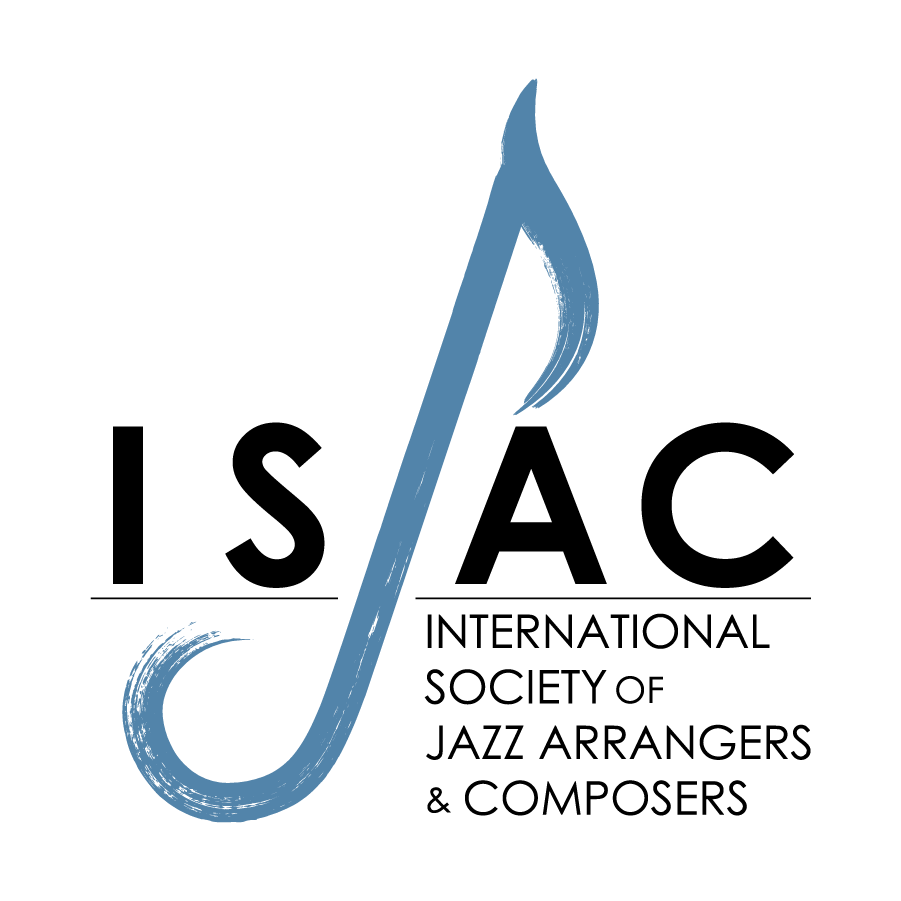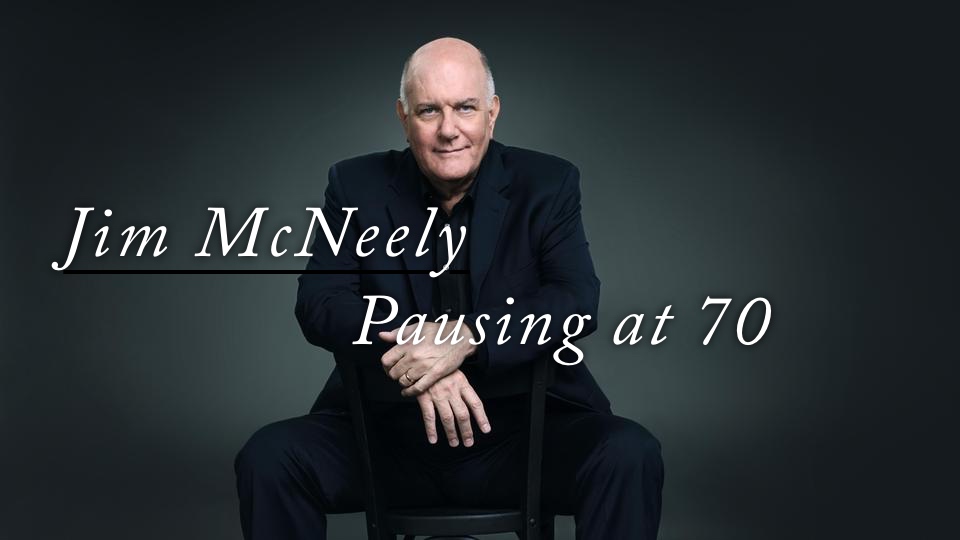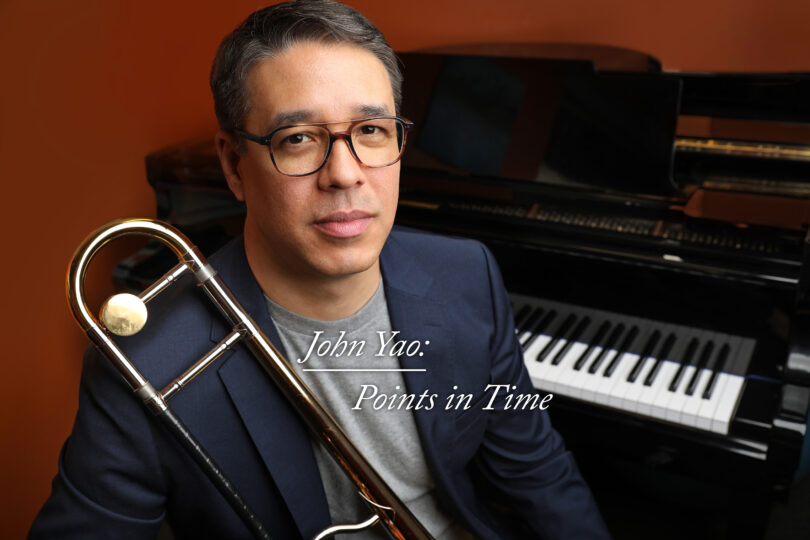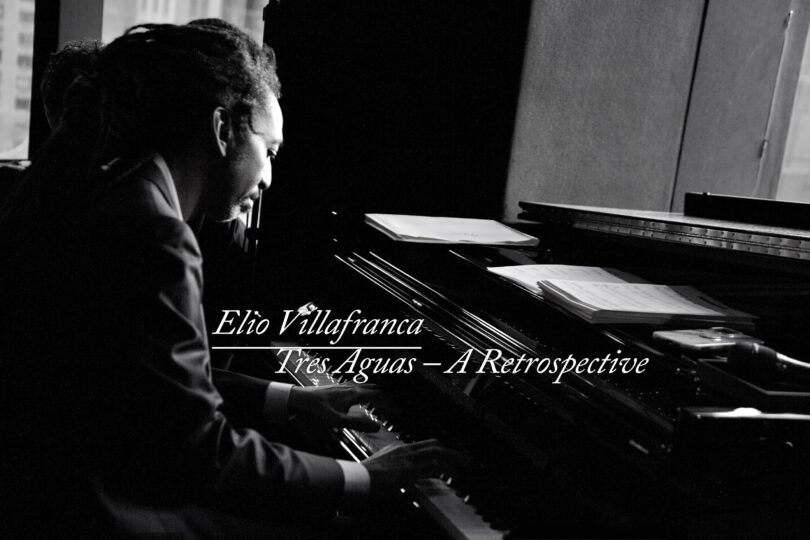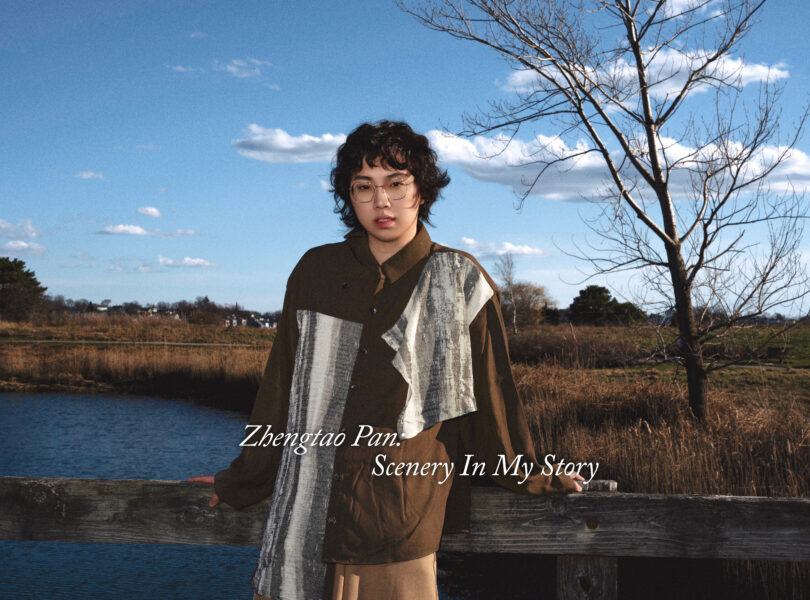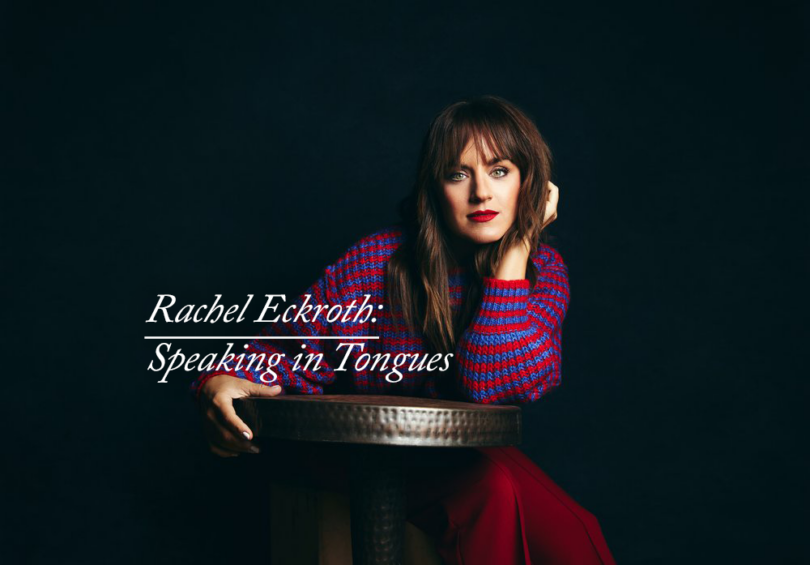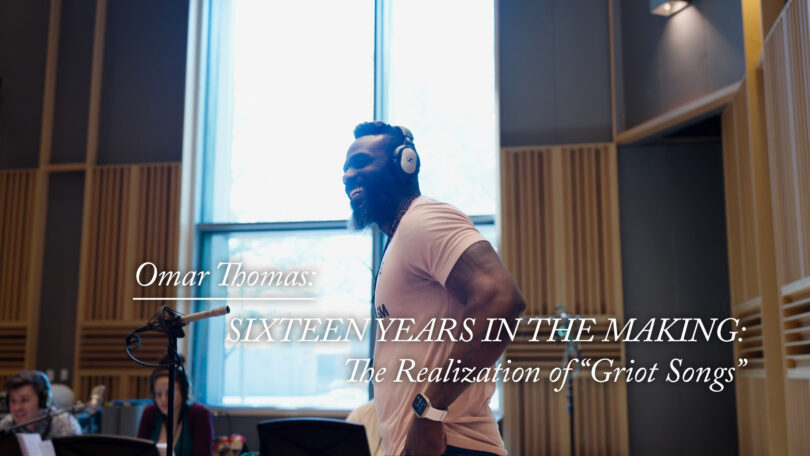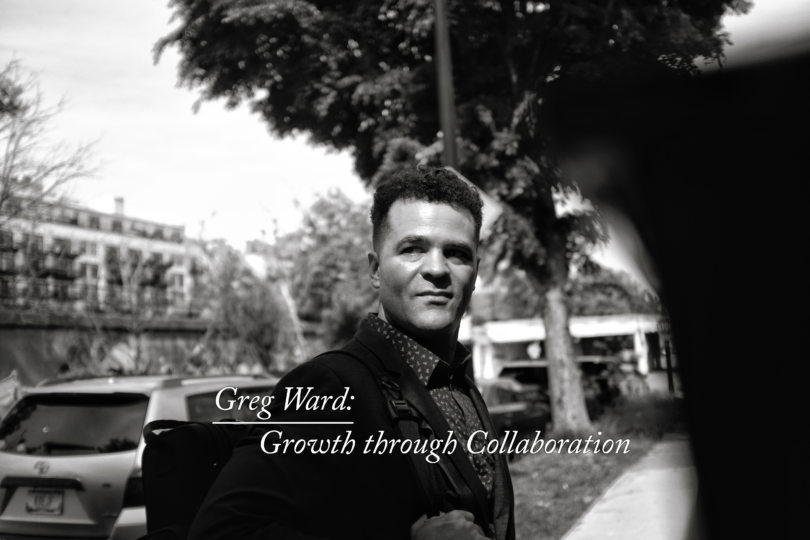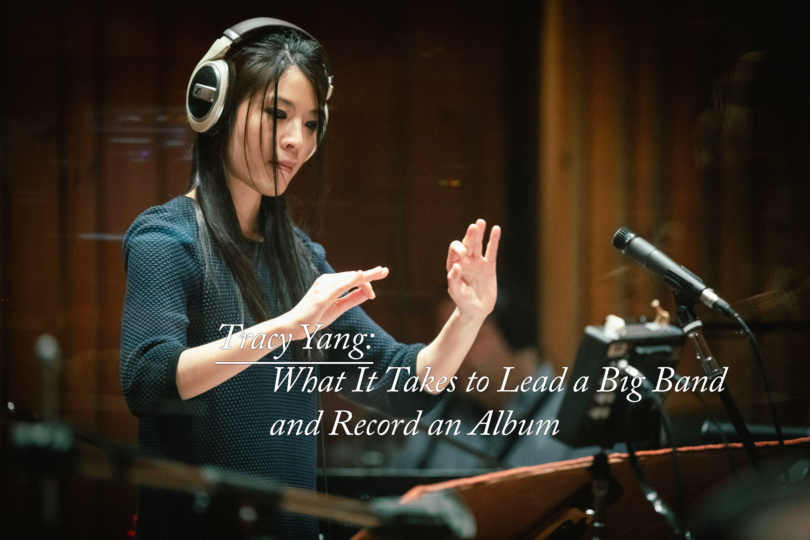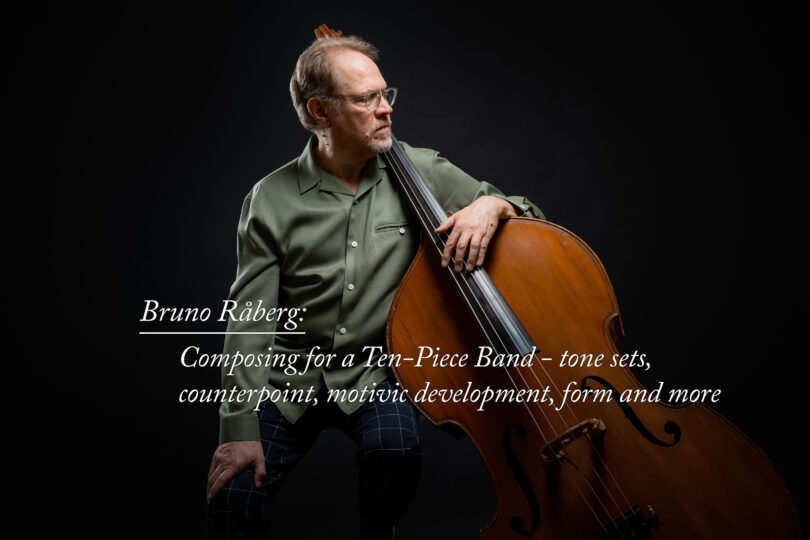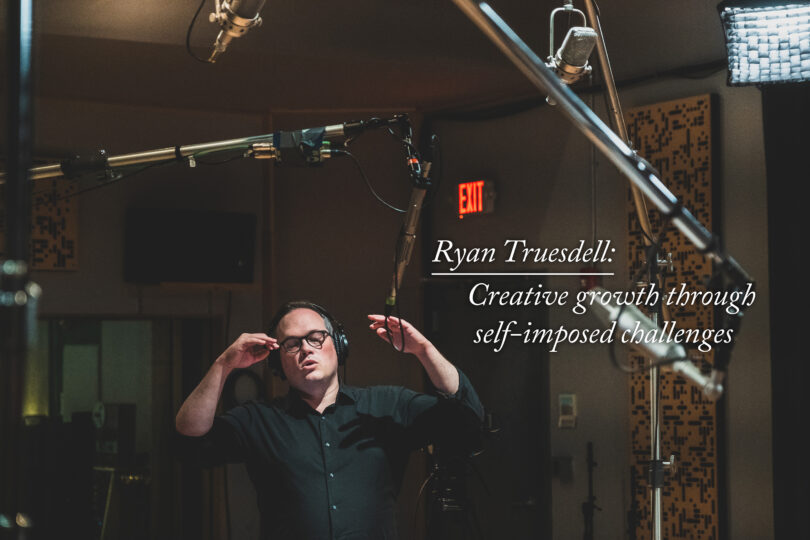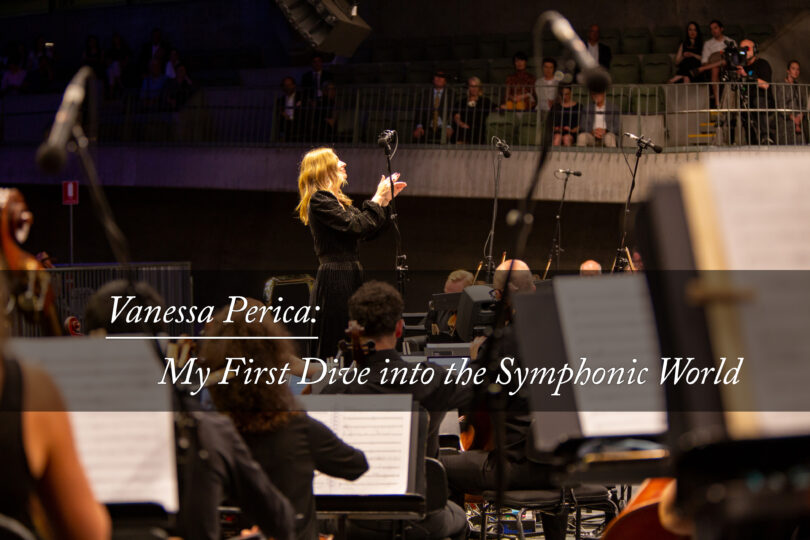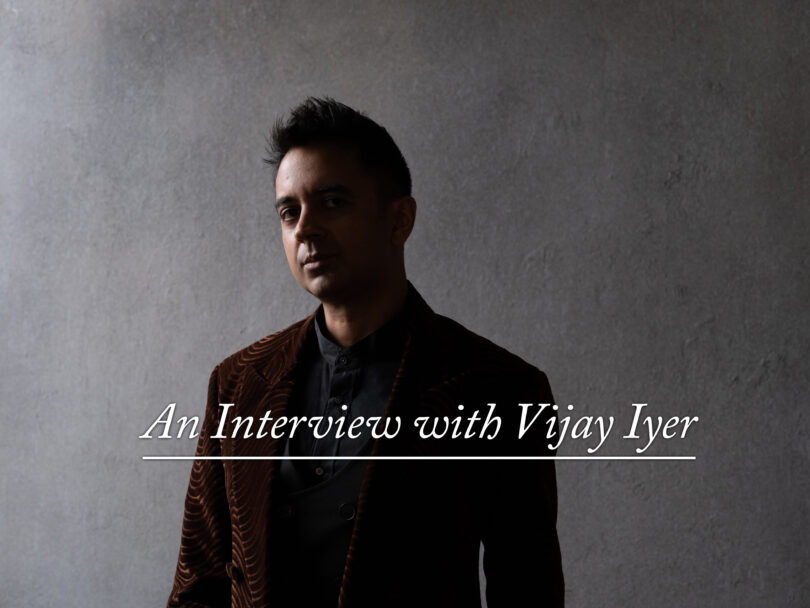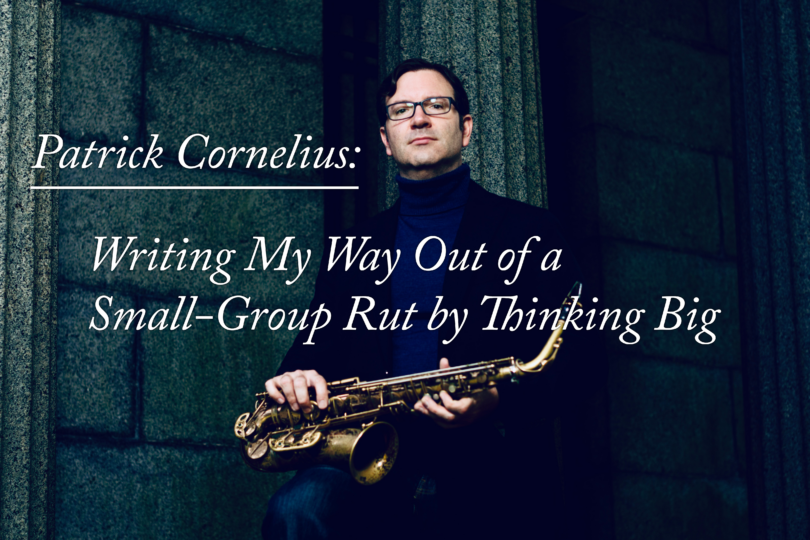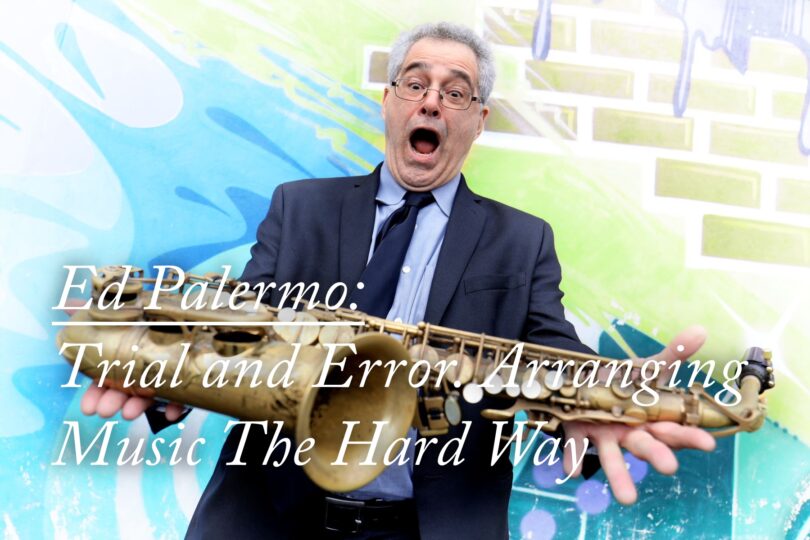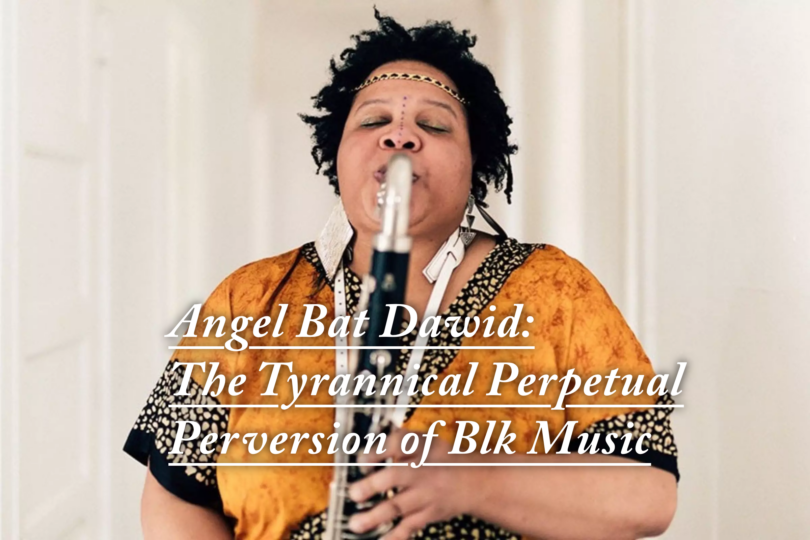It has been a pleasure to be a member of the ISJAC community for the past year. After I was honored with the Wayne Shorter Jazz Arranging Prize for my big band chart on “Ping Pong”, I met so many likeminded composers at the symposium, whose work is inspiring in its creativity and who welcomed me in as a member. Receiving a personal note from Coralina Shorter, Wayne’s widow, made the experience deeply meaningful. With this spirit of creativity and connection in mind, I’d like to share a project that is currently in the works.
Back in 2019, in what now feels like the “beforetimes,” I was buried in arranging work but craving a new spark to push me toward more original composition. To get myself moving, I grabbed a notebook and wrote a list of a dozen or so artists I admired and wanted to collaborate with. It wasn’t anything fancy, just a way to check in with myself about whose work I found inspiring and what kinds of musical worlds I wanted to be part of. I’ve always felt that making these kinds of physical lists has real power. They help clarify direction, set intentions, and make creative goals feel more tangible.
At the top of that list was Sirintip, a Thai and Swedish vocalist, producer, and research artist whose interest in the natural world and commitment to sustainable living run through everything she creates. I was a big fan of her album Carbon, which had a core message of sustainability made by example utilizing solar-powered performances, carbon neutral studios, and recycled fashion.
A year later, in 2020, we were connected by a mutual peer and she invited me to orchestrate songs for a big band album she was producing. We bonded immediately over our creative process and attention to musical details. After several weeks of working together, just as the project was finishing up, she called and asked me a simple question: “Do you like mushrooms?” I gave a slightly rambling answer about how growing up in beautiful Southern California made me love nature. Luckily, she wasn’t talking about a psychedelic trip. She meant mycelium, the wide underground network of fungal threads that allow mushrooms to grow.
That one question sparked what would become a multi-year collaboration on an interdisciplinary suite called Mycelium.
A Research Trip Into the Unseen
Our first step was a research trip spanning the Oregon coast where we met with plankton scientists and mycologists with support from the Sitka Center for Art and Ecology. The residency provided housing and a creative base to venture out to visit scientists in their labs, on research ships, in dense forests and even around their dinner tables. We listened to them talk about their fascinating work, the ecosystems they study, and the realities of trying to protect environments that most people never see. Some spoke about canceled science contracts and the ongoing struggle to maintain public support for green initiatives. Even with those challenges, every researcher shared the same underlying motivation: hope.
Hearing their stories reshaped the way we approached the music. The suite suddenly carried a responsibility to communicate something these scientists could not always express through charts or data. The heart behind the science. We wanted listeners to feel the urgency, wonder and fragility of the worlds they spend their lives studying.
We pulled musical ideas from data sonification, growth equations, natural patterns like the Fibonacci sequence, and even the movement and behavior of microscopic organisms. Working in this way gave me the creative spark I had been searching for. Composing became less about craft alone and more about carrying the message of people whose voices often go unheard.
Translating the Invisible Into Sound
To bring this unseen world into musical form, we put together a nine-piece ensemble with a wide range of colors and textures; Sirintip on vocals and effects, myself on trumpet, Ben Wendel on tenor sax, Zach Brock on violin, Andrew Gutauskas on flute and bass clarinet, Jimmy O’Connell on trombone, Kengchakaj on keyboards and synths, Adam Neely on electric and upright bass, and Nolan Byrd on drums. The wide range of registers and timbral combinations gave us the freedom to blend acoustic sounds with electronics. In some sections the woodwinds chatter like forest creatures. In others the brass takes on a metallic weight that suggests machinery and human interference in natural spaces. One movement draws on the eerie behavior of Cordyceps, a fungus that can inhabit and control their hosts. The metaphorical possibilities to our human experience felt endless, and the creativity from each improvising musician shaped the suite in ways we could not have predicted. To help drive the narrative and audience experience we have been collaborating with dancer/choreographer Marie Lloyd Paspe and visual artist Nitcha “Fame” Tothong.
Where the Project Is Now
We have had the joy of performing Mycelium at the Jazz Gallery, Winter Jazz Fest, Montgomery College and the Umeå Jazz Festival in Sweden. The reception has been inspiring, to put it simply. We’ve been overwhelmed by the interest and support in this project that started with us looking at microscopic organisms through a powerful lens. The music and overall performance have been constantly evolving with each performance, and we recorded the suite in October at the Bunker Studio in Brooklyn with John Davis co-producing with Sirintip, and are currently in post-production for the album.
The Joy of Collaboration
Working with Sirintip has been a genuinely symbiotic experience. While our backgrounds overlap in jazz and improvised music, her depth of expertise in production, songwriting and sounds balances my background in orchestration for larger ensembles. We decided early on to co-write everything: melodies, lyrics and orchestrations. It felt more natural than dividing up movements or having one person compose and the other arrange. This type of collaboration was a new experience for me, and one that I recommend composers experiment with in order to get out of their habits and comfort zone.
One example I’d like to share is the opening piece, “Into the Unseen”, from our performance at Montgomery College. It was inspired by microbiologist Anne Thompson, whose words have stayed with us since our first research trip:
“All the secrets of the earth are in a single drop of water.”
Mycelium – Mvmt 1 “Into The Unseen”
About the Author:
 Danny Jonokuchi is a multi-talented jazz artist based in New York City and Los Angeles. As a jazz trumpeter, vocalist, composer, arranger, producer, and educator, few artists are as diversely involved in their craft. Whether arranging for artists like Lady Gaga, composing original works for full orchestras, or performing in intimate jazz trios, his distinctive musical voice always shines through. Recognized for his performance on two GRAMMY© Award-winning projects, Jonokuchi has been praised for his “world-class arrangements” (Broadway World) and his work as both a performer and producer. He is also a recipient of several awards including the 2024 ISJAC Wayne Shorter Jazz Arranging Prize, the 2020 ASCAP Foundation Louis Armstrong Award, and he was unanimously named the winner of the 2020 Count Basie Great American Swing Contest. He has released five albums as a leader with his large and small ensembles.
Danny Jonokuchi is a multi-talented jazz artist based in New York City and Los Angeles. As a jazz trumpeter, vocalist, composer, arranger, producer, and educator, few artists are as diversely involved in their craft. Whether arranging for artists like Lady Gaga, composing original works for full orchestras, or performing in intimate jazz trios, his distinctive musical voice always shines through. Recognized for his performance on two GRAMMY© Award-winning projects, Jonokuchi has been praised for his “world-class arrangements” (Broadway World) and his work as both a performer and producer. He is also a recipient of several awards including the 2024 ISJAC Wayne Shorter Jazz Arranging Prize, the 2020 ASCAP Foundation Louis Armstrong Award, and he was unanimously named the winner of the 2020 Count Basie Great American Swing Contest. He has released five albums as a leader with his large and small ensembles.
